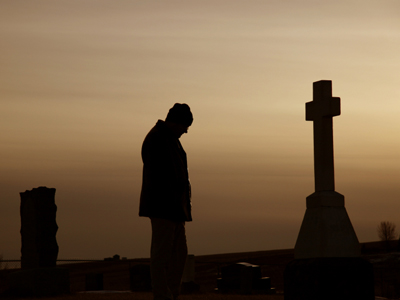
Ask the AI Tutor
Need help with The First World War 07? Ask our AI Tutor!
AI Tutor - Lucy
Connecting with Tutor...
Please wait while we establish connection

The League of Nations was formed to try and prevent future wars.
The First World War 07
Discover how horses, mules, dogs and even pigeons supported soldiers in World War One, carrying supplies, pulling guns and delivering vital messages across dangerous battlefields.
1 .
What was formed to try and prevent future wars?
League of Democracy
League of Europe
League of Geneva
League of Nations
It was founded on 10 January 1920
2 .
World War One was called 'The war to .......'
end all wars
remember
turn boys into men
unite Europe
The writer H. G. Wells used this expression
3 .
Germany lost its colonies on which continent?
Africa
Asia
Europe
South America
Germany had four African colonies
4 .
Who was the French Prime Minister who most wanted Germany punished?
Alexandre Ribot
Aristide Briand
Georges Clemenceau
Paul Painleve
France had five different Prime Ministers during the war
5 .
Germany paid compensation for war damage called what?
Repaginations
Reparations
Repatriations
Restorations
This was a large cause of the resentment for the German people as it wrecked the economy
6 .
Which region was taken off Germany?
Alsace - Lorraine
Burgundy
Picardy
Provence
It was returned to France
7 .
What did NOT happen to Germany as a result of the treaty?
It came under British rule
It had to pay a huge fine
It suffered loss of lands
It was forced to disarm
At the end of the war, many of the German soldiers were suffering from the deadly influenza pandemic of 1918. This outbreak of 'Spanish flu' killed more people than the war
8 .
Which treaty was signed after the end of the war?
Treaty of London
Treaty of Paris
Treaty of Utrecht
Treaty of Versailles
The treaty punished Germany harshly
9 .
Which two countries were banned from uniting in the future?
Austria and Hungary
Britain and Belgium
France and Britain
Germany and Austria
In 1938, Nazi Germany invaded Austria, but many Austrians at the time welcomed this move
10 .
Germany surrendered on what date in 1918?
October 31st
November 5th
November 11th
November 13th
At 11am on the 11th day of the 11th month. The last soldier to die in the war is said to be Private George Lawrence Price, a Canadian soldier who was shot by a German sniper two minutes before the start of the armistice
**Unlimited Quizzes Await You! 🚀**
Hey there, quiz champ! 🌟 You've already tackled today's free questions.
Ready for more?
Ready for more?
🔓 Unlock UNLIMITED Quizzes and challenge yourself every day. But that's
not all...
not all...
🔥 As a Subscriber you can join our thrilling "Daily Streak" against other
quizzers. Try to win a coveted spot on our Hall of Fame Page.
quizzers. Try to win a coveted spot on our Hall of Fame Page.
Don't miss out! Join us now and keep the fun rolling. 🎉
**Unlimited Quizzes Await You! 🚀**
Hey there, quiz champ! 🌟 You've already tackled today's free questions. Ready for more?
🔓 Unlock UNLIMITED Quizzes and challenge yourself every day. But that's not all...
🔥 As a Subscriber you can join our thrilling "Daily Streak" against other quizzers. Try to win a coveted spot on our Hall of Fame Page.
Don't miss out! Join us now and keep the fun rolling. 🎉






